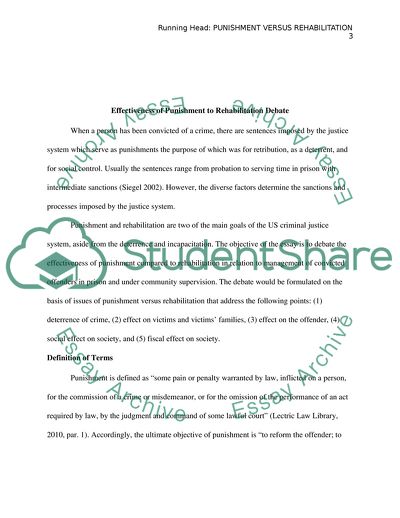Cite this document
(Effectiveness of Punishment to Rehabilitation Debate Essay, n.d.)
Effectiveness of Punishment to Rehabilitation Debate Essay. https://studentshare.org/politics/1736912-effectiveness-of-punishment-to-rehabilitation-debate
Effectiveness of Punishment to Rehabilitation Debate Essay. https://studentshare.org/politics/1736912-effectiveness-of-punishment-to-rehabilitation-debate
(Effectiveness of Punishment to Rehabilitation Debate Essay)
Effectiveness of Punishment to Rehabilitation Debate Essay. https://studentshare.org/politics/1736912-effectiveness-of-punishment-to-rehabilitation-debate.
Effectiveness of Punishment to Rehabilitation Debate Essay. https://studentshare.org/politics/1736912-effectiveness-of-punishment-to-rehabilitation-debate.
“Effectiveness of Punishment to Rehabilitation Debate Essay”. https://studentshare.org/politics/1736912-effectiveness-of-punishment-to-rehabilitation-debate.


